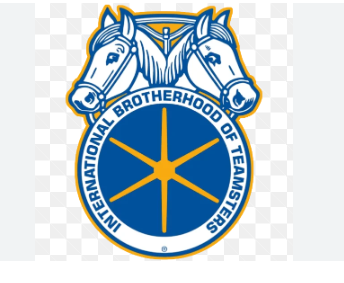Introduction
The International Brotherhood of Teamsters, commonly known as the Teamsters, is one of the most influential labor unions in the United States. Founded in 1903, the union has played a pivotal role in advocating for workers’ rights and shaping labor policies. This article explores the rich legacy of the Teamsters and their vision for the future.
Historical Legacy
Early Beginnings: The Teamsters originated from the merger of two smaller unions, representing horse team drivers and stable hands. Their initial focus was on improving wages, working conditions, and job security for their members.
Growth and Influence: Throughout the 20th century, the Teamsters expanded their reach, representing a diverse range of workers, including truck drivers, warehouse workers, and public sector employees. Their influence grew significantly under the leadership of figures like Jimmy Hoffa, who became synonymous with the union’s power and resilience.
Key Achievements:
- Wage Increases: The Teamsters have successfully negotiated numerous contracts that resulted in substantial wage increases for their members.
- Improved Working Conditions: They have been at the forefront of campaigns for safer working environments and better benefits, including health insurance and pensions.
- Political Advocacy: The union has been a powerful political force, lobbying for labor-friendly legislation and supporting candidates who champion workers’ rights.
Modern Challenges and Adaptations
Technological Advancements: The rise of automation and digital technologies poses new challenges for the Teamsters. They are actively working to ensure that their members are not left behind in the evolving job market.
Globalization: As industries become more globalized, the Teamsters are focusing on protecting jobs from being outsourced and advocating for fair trade policies that benefit American workers.
Membership Engagement: The union is making concerted efforts to engage younger workers and diversify its membership base. This includes embracing social media and other digital platforms to communicate and organize effectively.
Vision for the Future
Sustainable Practices: The Teamsters are committed to promoting sustainable practices within the industries they represent. This includes advocating for green jobs and environmentally friendly policies.
Worker Empowerment: Empowering workers through education and training programs is a key priority. The union aims to equip its members with the skills needed to thrive in a rapidly changing economy.
Continued Advocacy: The Teamsters will continue to be a vocal advocate for workers’ rights, pushing for policies that ensure fair wages, safe working conditions, and job security.
Conclusion
The Teamsters’ legacy as the backbone of American labor is undeniable. Their continued commitment to advocating for workers’ rights and adapting to modern challenges ensures that they will remain a vital force in the labor movement for years to come. As they look to the future, the Teamsters are poised to lead the way in creating a more equitable and sustainable workforce.
